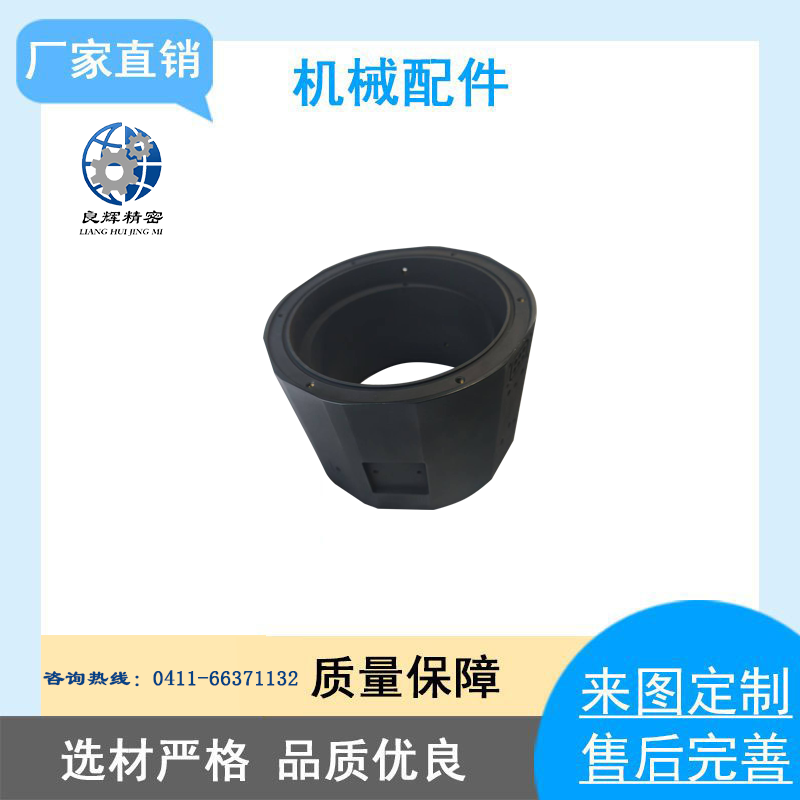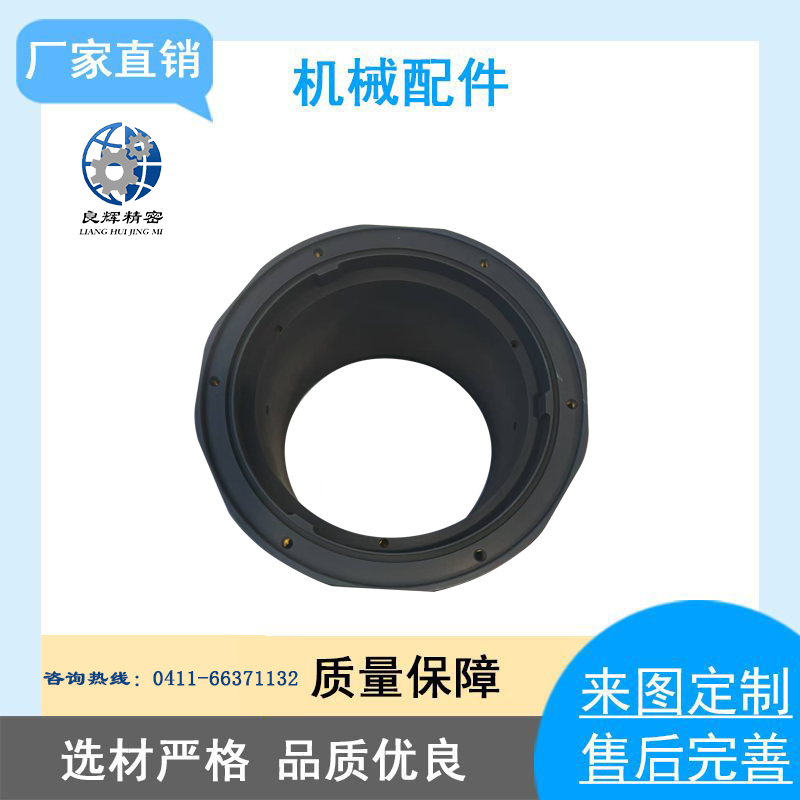常見(jiàn)的塑料絕緣材料包括聚氯乙烯(PVC)、聚乙烯(PE)、聚丙烯(PP)、聚氨酯(PU)和聚四氟乙烯(PTFE)。
這些材料各具特色,適用于不同的電氣和電子應(yīng)用場(chǎng)景。
PVC因其優(yōu)異的阻燃性和柔韌性,廣泛應(yīng)用于電線(xiàn)電纜護(hù)套;
PE具有良好的電絕緣性能和耐化學(xué)性,常用于制造低壓電線(xiàn)的絕緣層;
PP擁有較高的熔點(diǎn)和機(jī)械強(qiáng)度,適合需要較高溫度穩(wěn)定性的場(chǎng)合;
PU以其出色的耐磨性和彈性著稱(chēng),適合用作保護(hù)涂層或柔性電纜的外皮。
特別值得一提的是PTFE,它不僅具備極佳的電絕緣性,還表現(xiàn)出卓越的耐熱、耐寒和抗腐蝕能力,
即使在極端環(huán)境下也能保持穩(wěn)定性能。
Common plastic insulating materials include Polyvinyl Chloride (PVC),
Polyethylene (PE), Polypropylene (PP), Polyurethane (PU), and Polytetrafluoroethylene (PTFE).
Each of these materials has unique characteristics that make them suitable for various electrical and electronic applications.
PVC is widely used for cable sheathing due to its excellent flame retardancy and flexibility;
PE boasts good electrical insulation properties and chemical resistance,
making it ideal for the insulation layer of low-voltage wires;
PP features a higher melting point and mechanical strength, fitting for situations requiring high temperature stability;
PU stands out for its exceptional wear resistance and elasticity, suitable as protective coatings or outer jackets for flexible cables.
Notably, PTFE not only provides superior electrical insulation but also exhibits outstanding heat, cold, and corrosion resistance,
maintaining stable performance even in extreme conditions.





